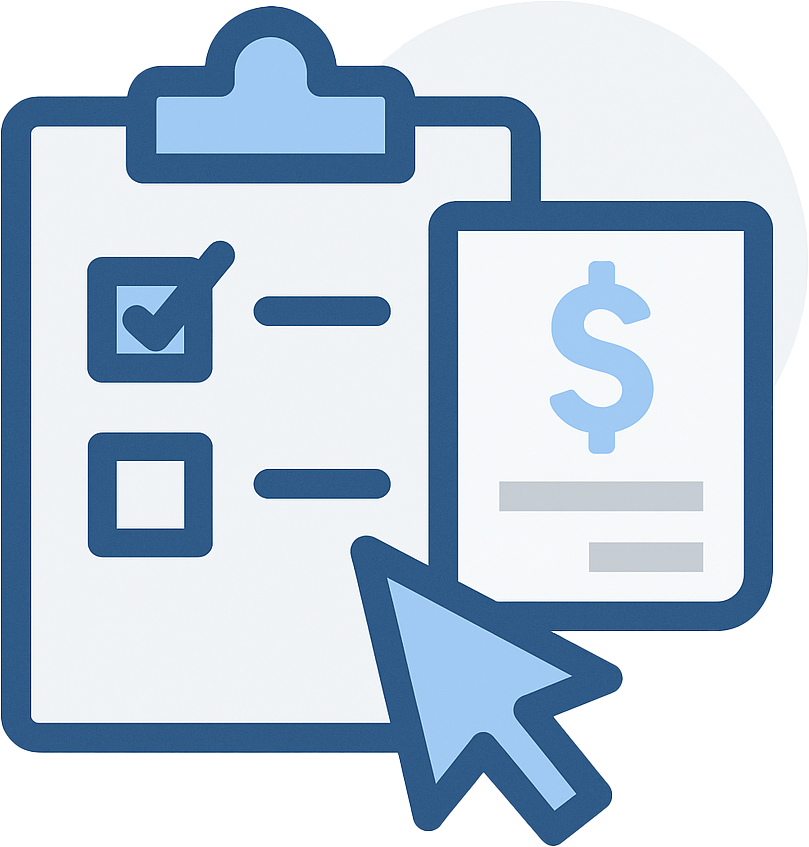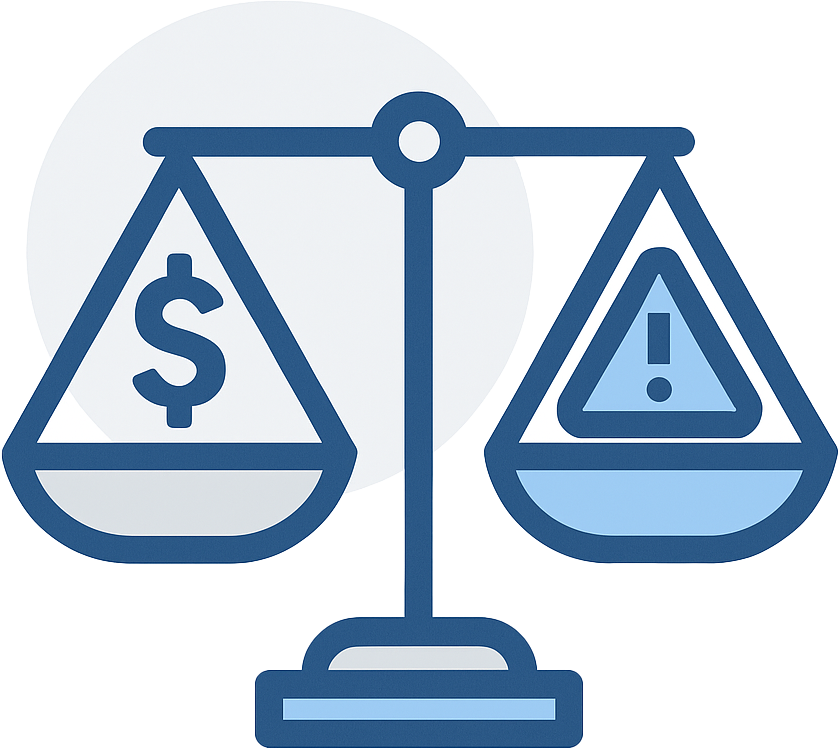Toxic Release Inventory Reporting: What You'll Pay and Why (with Instant Estimator!)
If you’ve ever tried to get a firm number on TRI Reporting costs, you’ve probably noticed one thing: nobody seems to give a straight answer. You might find ranges like “a few thousand dollars” or “it depends,” but rarely do you get a clear explanation of why those costs vary so much.
We get it. If you’re trying to budget for compliance this year, the last thing you want is a vague shrug. You want a realistic, honest breakdown of what to expect and what drives those costs... not another mystery quote.
That’s exactly what we’re covering here. At RMA, we help businesses across the country file their annual Toxic Release Inventory (TRI) reports on time, accurately, and without the headaches. In this post, we’ll break down what goes into the cost of TRI Reporting, what you should realistically budget, and how to avoid unnecessary surprises.
And if you'd rather talk to a real human about your TRI reporting needs, we've got you covered. Reach out here to talk to a TRI reporting expert!
Table of Contents
What Is TRI Reporting - and Who Needs to Do It?
TRI, or Toxic Release Inventory, is a federal reporting program under the Emergency Planning and Community Right-to-Know Act (EPCRA). Every year by July 1st, certain facilities must report their releases of listed toxic chemicals.
If your operation manufactures, processes, or otherwise uses these chemicals above threshold quantities, you’re required to file a Form R (or sometimes a shorter Form A).
It sounds straightforward enough... but in reality, TRI reporting is a detailed, data-heavy process that can vary drastically from one facility to another. And that’s why pricing varies, too.

How Much Does TRI Reporting Actually Cost?
Here’s the honest answer: most TRI reports fall between $2,000 and $10,000, depending on complexity.
- For a simple, single-chemical, single-facility report with clean, organized data, you’re likely looking at $2,000–$5,000.
- For larger or more complex facilities (multiple chemicals, multiple locations, or complicated emissions), costs typically range from $5,000–$10,000.
- In some cases, particularly where emissions modeling or significant data cleanup is required, the cost can exceed $10,000.
We know that’s a wide range. That's why we built a tool to tell you exactly where you fall!
Try Our Free TRI Reporting Cost Calculator!
This tool walks you through a few short questions about your facility - things like your industry, how complex your operations are, and how prepared your facility is for TRI reporting. Based on your answers, it’ll generate a realistic cost range specific to your situation.
You don’t need to enter any personal information to use it, and your results are completely confidential unless you choose to share them with us for a detailed quote. Oh, and you'll see the results right here on this page instantly, not emailed to you with a sales pitch a week later. Try it now!
Once you’ve completed the calculator, you’ll see a ballpark estimate based on your inputs. To get a finalized number for what it would cost to work directly with RMA, simply submit your email address on the final screen above. Our team will review your results, reach out with a personalized quote, and help you determine whether you even need to file this year.
What Drives the Cost of TRI Reporting?
Every TRI report is as unique as the facility it represents. Costs depend on several factors that can significantly affect the amount of time and expertise required to complete your report accurately.
1. The Number of Chemicals
Each chemical requires its own analysis and form. One chemical? Simple. Twenty chemicals? That’s twenty separate reports. Each one must be validated, calculated, documented, and filed. More chemicals mean more work (and higher cost).
2. Data Availability and Quality
If your facility keeps clean, organized records of chemical usage, purchases, and emissions, your report is faster (and cheaper). But if your consultant has to dig through invoices, rebuild spreadsheets, or estimate releases from scratch, expect added time and cost.
3. Release Complexity
TRI reporting tracks how pollutants leave your site - to air, water, or land. Facilities with multiple release points, offsite transfers, or complex pollution control systems require more analysis. The more intricate your release pathways, the more detailed your calculations (and the higher the bill).
4. Project Scope and Scale
Is this one small plant or a multi-site corporate project across several states? Coordinating data and staff across locations adds logistical layers and complexity... which can quickly increase cost.

Why There’s No Flat Fee for TRI Reporting
We’re often asked why we don’t just post a single price online. The reason is simple: no two facilities are alike. Quoting a flat fee for TRI work would either shortchange your report or overcharge you for a simple one.
It’s a bit like asking, “How much does a car cost?” or “How much does a vacation cost?” The answer depends on what you’re driving, where you’re going, and what you need along the way.
At RMA, we prefer transparency over guesswork. That’s why we created the free calculator above, so you can understand what’s realistic before you get a quote.
What You’re Really Paying For When Hiring RMA for Toxic Release Inventory Reporting
When you hire an environmental professional for TRI Reporting, you’re not just paying for forms and data entry. You’re paying for:
- Accuracy: Avoiding costly reporting mistakes or enforcement actions.
- Efficiency: Getting your report done right the first time, without rework.
- Experience: Understanding the nuances of EPA thresholds and exemptions.
- Peace of mind: Knowing you’re compliant before the July 1 deadline.
Most importantly, you’re paying to not get in trouble. The cost of a mistake (a missed chemical, a miscalculated release, or an unfiled report) can far exceed the cost of doing it right. Check out the tool below to see just how expensive TRI violations get!
Bottom Line: How to Get TRI Reporting Done Right - and On Time
There’s no one-size-fits-all price for TRI reporting, but there is a way to make it predictable. Understanding what drives your cost means you can plan ahead, stay compliant, and avoid those last-minute fire drills that always seem to happen around June.
If you want to avoid last-minute surprises, here’s what we recommend:
- Start early. The best time to plan for your TRI report is now... not in June.
- Gather your data. Keep purchase records, emission logs, and waste manifests handy.
- Ask questions. If you’re not sure whether you meet thresholds, get a threshold analysis first.
- Use the calculator. It’s the fastest way to understand your potential cost and start planning accordingly.
Reach out to us directly here. We’ll help you figure out whether you even need to file, and what it’ll take to get it done. If you’re ready for clarity - or you just want someone to handle the entire process for you - we’re here to help.












